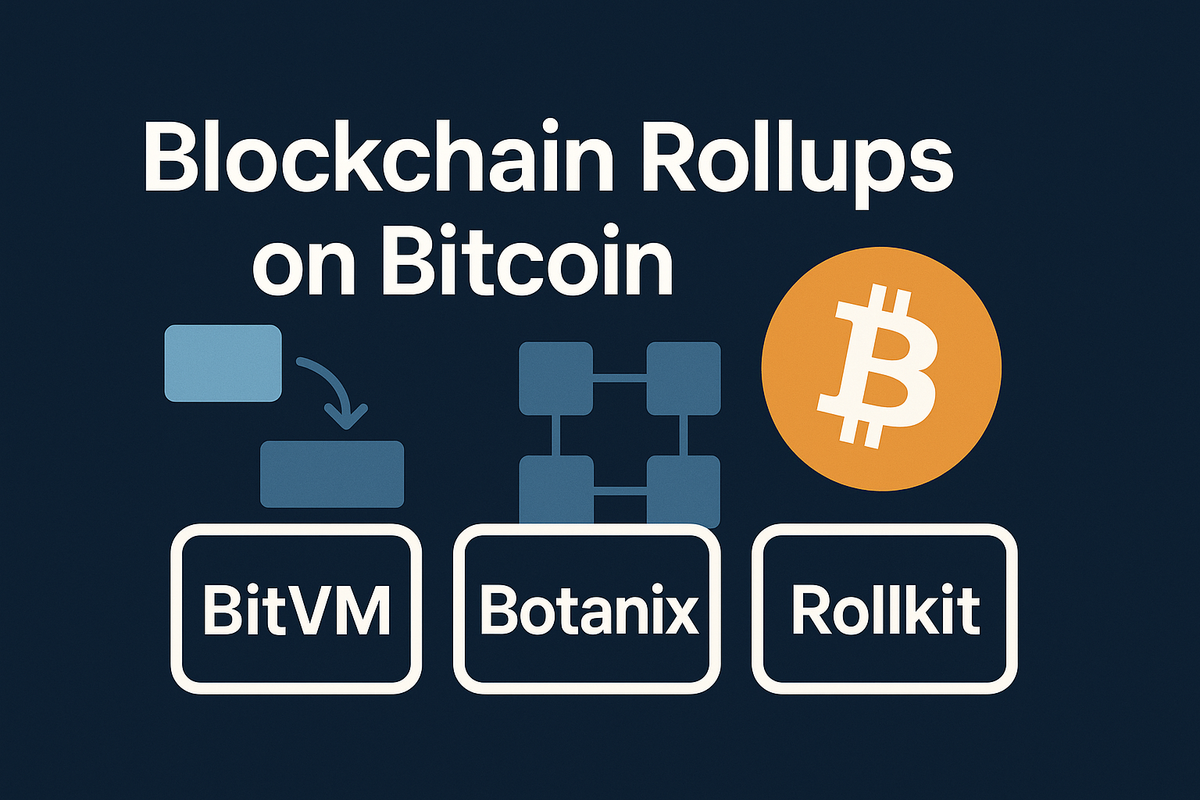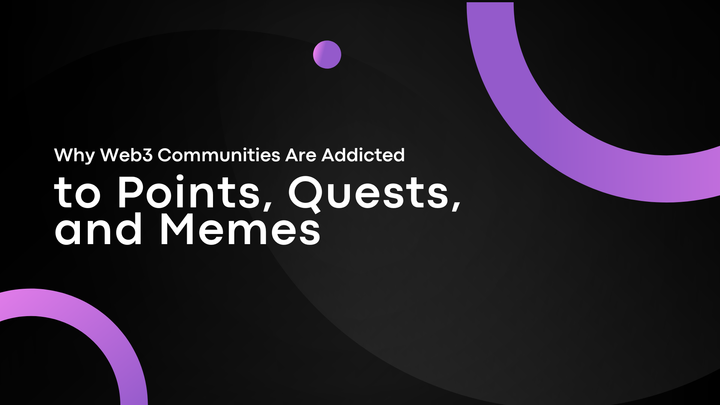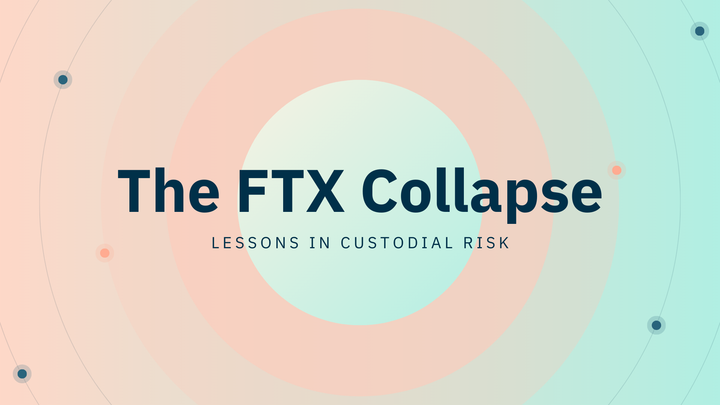Blockchain Rollups on Bitcoin (BitVM, Botanix, Rollkit)

Bitcoin is known as the most secure and decentralized blockchain. But it's not very flexible like Ethereum. You can’t build many apps or smart contracts on Bitcoin easily.
That’s where Rollups come in. They help Bitcoin do more — like supporting smart contracts, DeFi, and other cool apps — without changing its core system.
Let’s understand how rollups work on Bitcoin and look at some new projects: BitVM, Botanix, and Rollkit.
What Are Rollups?
Rollups are like side lanes on a highway. The main Bitcoin chain is the highway. Rollups handle extra traffic (like transactions and apps) on the side, then send a summary to Bitcoin.
This makes Bitcoin faster and more useful without hurting its security.
There are two main types of rollups:
- Optimistic Rollups: Assume everything is fine unless someone proves it’s wrong.
- ZK-Rollups: Use cryptography to prove everything is correct from the start.
Building Rollups on Bitcoin Is Hard
Ethereum supports rollups easily because it's designed for smart contracts. But Bitcoin is simpler and doesn’t support smart contracts directly. So building rollups on Bitcoin is like adding smart features to a basic calculator.
That’s why some new tools and technologies are being made. Let’s explore them.
1. BitVM – Smart Contracts Without Changing Bitcoin
BitVM is a way to create virtual machines on Bitcoin using tricks inside Bitcoin’s scripting language.
- It doesn't require any changes to Bitcoin’s code.
- It allows logic and smart contract execution using off-chain data.
- You can challenge and prove results on-chain if needed.
Think of it as: bringing basic smart contracts to Bitcoin using creative code.
2. Botanix – A Full EVM on Bitcoin
Botanix wants to bring Ethereum-like features to Bitcoin.
- It creates a second layer on Bitcoin that runs the Ethereum Virtual Machine (EVM).
- This means developers can write apps for Bitcoin like they do on Ethereum (using Solidity).
- It uses a PoS bridge system that connects users with Bitcoin mainnet securely.
In simple words: it turns Bitcoin into an app-friendly blockchain.
3. Rollkit – Modular Rollups Using Bitcoin
Rollkit is a framework for creating custom blockchains (rollups) and plugging them into any data layer — including Bitcoin.
- Recently, they experimented with Bitcoin as a Data Availability layer.
- This means rollups can store their data on Bitcoin while processing transactions off-chain.
- Rollkit works well with modular blockchains, which separate different layers of a blockchain for better scaling.
Imagine Rollkit as Lego blocks to build rollups that still rely on Bitcoin's strength.
Why This Matters
Bringing rollups to Bitcoin opens new doors:
- Developers can build DeFi, NFTs, and dApps on Bitcoin.
- Users can enjoy faster and cheaper transactions.
- Bitcoin becomes more than just a store of value — it becomes a smart platform.
And all this can happen without changing Bitcoin’s core, keeping it secure and decentralized.
Final Thoughts
Rollups on Bitcoin are still new, but growing fast. Projects like BitVM, Botanix, and Rollkit are proving that Bitcoin can evolve — not by changing itself, but by building around it.
As these tools improve, we may soon see Bitcoin-powered apps just like we see on Ethereum or Solana — with the security of Bitcoin underneath.



Comments ()